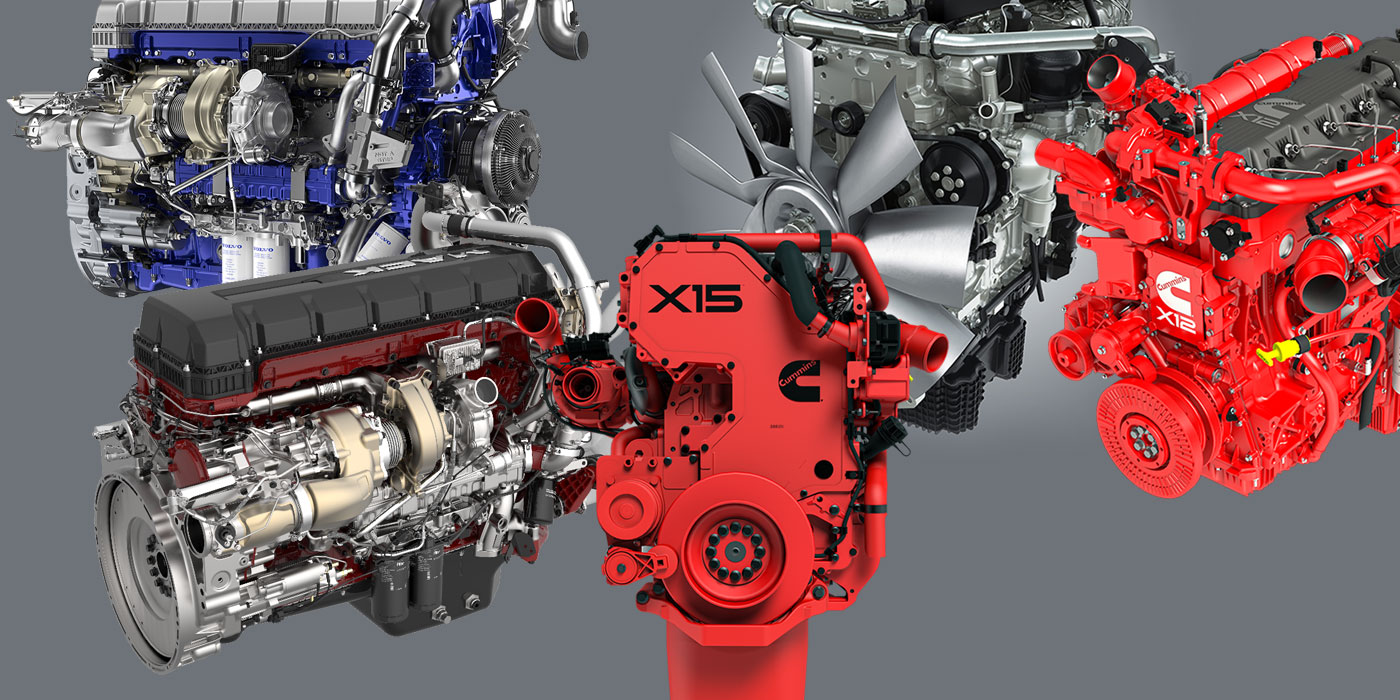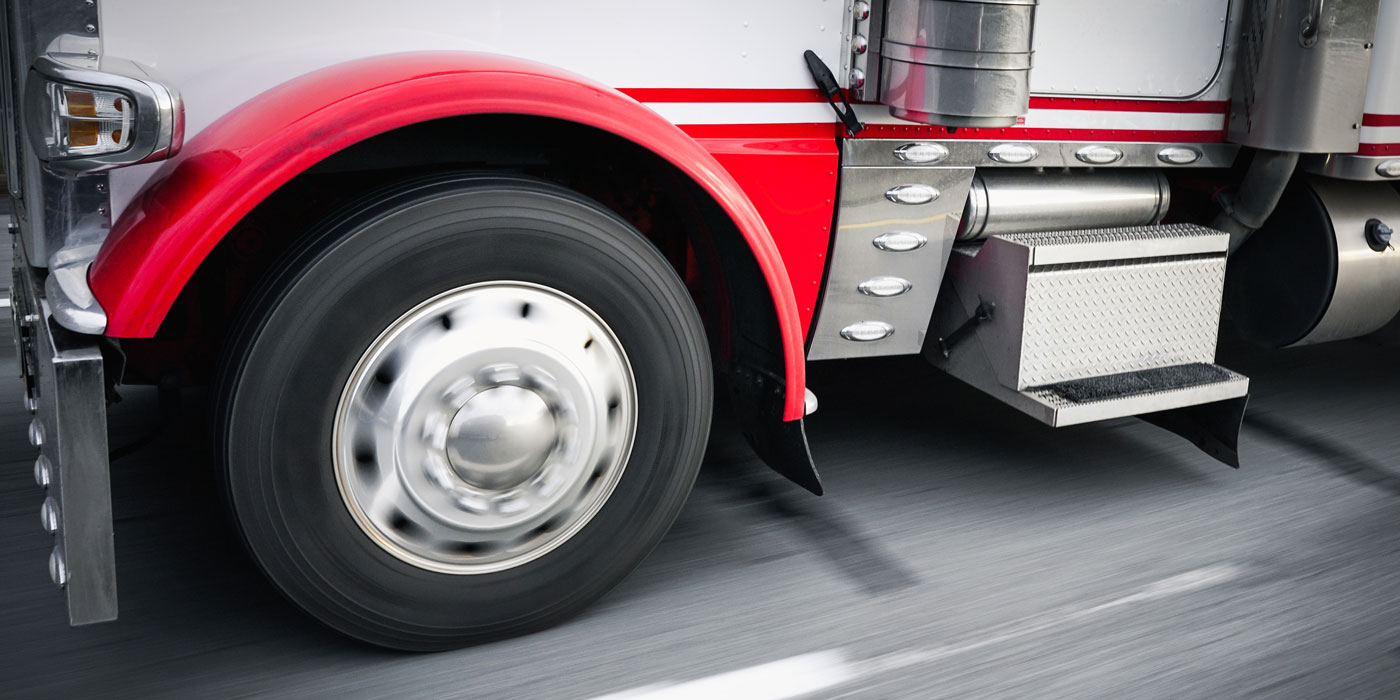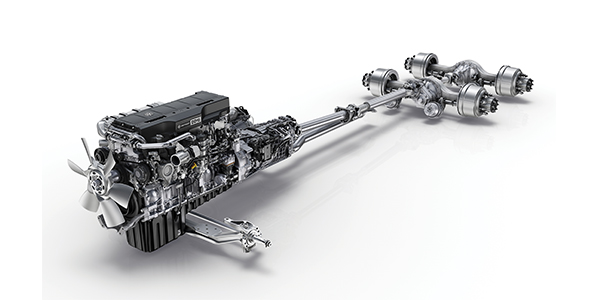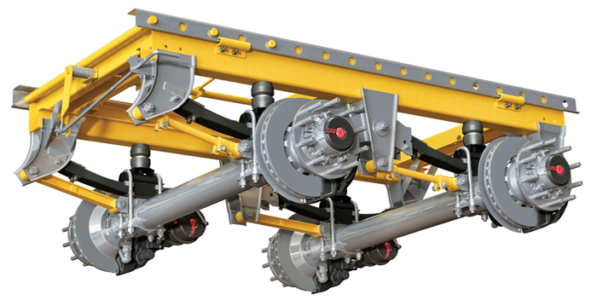What 2021 Greenhouse Gas regulations mean for you and your engines
The previous decade may have seen the debut of Greenhouse Gas (GHG) regulations for heavy-duty engines, but the 2020s will be the decade in which these regulations ramp up. That starts with model year 2021 engines, with more restrictions coming in 2024 and then again in 2027, and continuing efforts to improve the environment mean

What new hours of service regulations mean for you
Recently, the Federal Motor Carrier Safety Administration (FMCSA) published its final rule updating hours of service (HOS) rules. FMCSA’s final rule on hours of service offers four revisions to the existing HOS rules, which are as follows: Flexibility has been added for the 30-minute break rule by requiring a break after 8 hours of consecutive

Podcast: What new hours of service regulations mean for your trucks’ lifecycles
After FMCSA’s recent revision to the rules, you may be wondering how the soon-to-be-implemented hours of service regulations will impact your trucks. If you’re a regional haul fleet, you’ll have more opportunities to run them, so what does this mean for the trucks’ lifecycles? To answer this, FE spoke with Jim Griffin, COO and CTO

FMCSA updates hours of service regulations to improve safety, flexibility
The U.S. Department of Transportation’s Federal Motor Carrier Safety Administration (FMCSA) has published a final rule updating hours of service (HOS) rules. FMCSA’s final rule on hours of service offers four key revisions to the existing HOS rules, which are as follows: Flexibility has been added for the 30-minute break rule by requiring a break

ACT Research: upcoming emission regulations to benefit smaller engines
According to the recently released N.A. Commercial Vehicle On-Highway Engine Outlook, published by ACT Research and Rhein Associates, engines over 10L accounted for 87% of Class 8 production in 2019 because of the high demand for tractors in the peak-cycle year. Demand for under 10L engines, used mostly in trucks, was softer last year, the

VDO RoadLog ELDs are now fully compliant with Transport Canada regulations
Continental, manufacturer of VDO RoadLog ELD, has announced that the latest versions of the company’s VDO RoadLog ELD and RoadLog Office fleet management and reporting software are fully compliant with Transport Canada Regulations for HOS (Hours Of Service) tracking and reporting. The latest release of RoadLog ELD software provides all of the features required by

How GHG regulations will affect transmissions
GHG Phase 2 regulations are coming in 2020, and while engines are the most obviously affected truck part, other components from the transmission to the suspension will be affected too. Fleet Equipment reached out to ask transmission manufacturers how the upcoming standards will affect fleets’ transmission needs. One answer: powertrain integration will become more important

Watch: How suspensions are being affected by greenhouse gas regulations
Let’s talk suspensions—specifically, how suspensions are being affected by greenhouse gas regulations. With another round of GHG regulations coming in 2020, it’s a good idea to look ahead and see how various truck components will be affected. Obviously, engines are the most directly affected component, but suspensions aren’t far behind. The designs of suspensions made

How GHG regulations are impacting suspensions
Engines are the most obvious truck part that is affected by the GHG regulations, but suspensions aren’t far behind. The designs of suspensions made in the last few years are noticeably being modified to accommodate fleets’ continued desire to cut their trucks’ weight. “Since a suspension doesn’t rotate 360 degrees (no frictional or rolling resistance

Hot topics: GHG regulations have fueled tire and wheel innovations
There are two hot topics right now related to fuel efficiency and wheel ends. The first: Tire pressure monitoring systems (TPMS) have been given fuel economy coefficients in NHTSA’s and EPA’s Phase 2 of the Greenhouse Gas (GHG) regulations for commercial trucks and trailers. As you know, trailers covered by GHG Phase 2 will use

